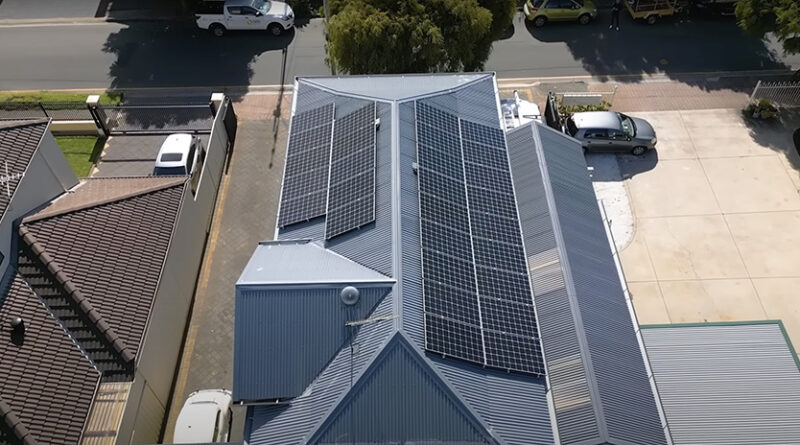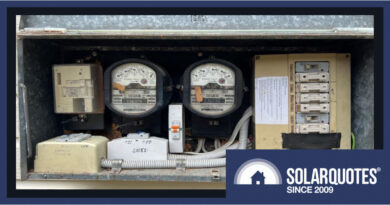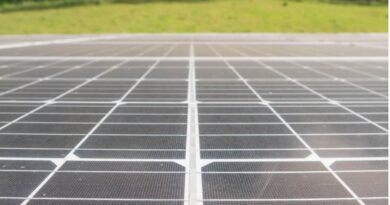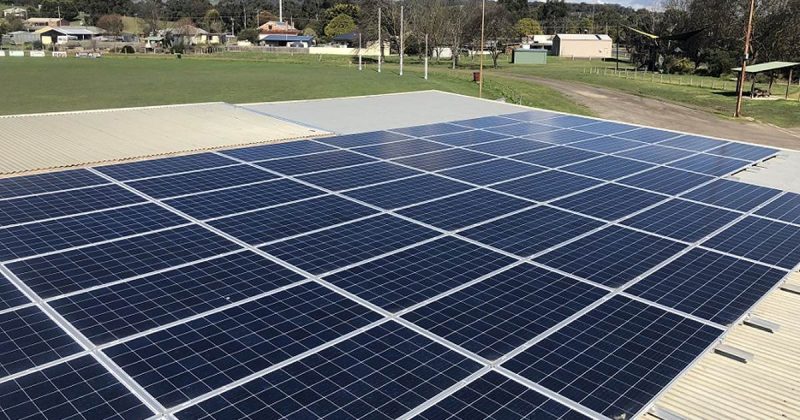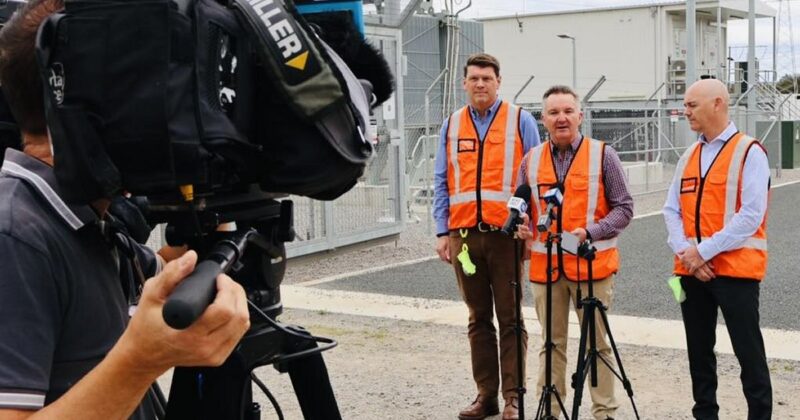How A Second Tesla Powerwall Unlocked 8 Cent Grid Electricity For Sean
Meet Sean, a bloke from Brighton, South Australia who loves his gadgets as much as his missus loves their new spa. Despite 8kW of solar panels, Sean had an energy bill that’d make a grown man cry. So, what did he do? Buckled down, got smart, and supercharged his battery setup. Here’s the lowdown:
Two Powerwalls Better Than One?
Sean’s roof is already full of solar panels. So, when his winter bills soared like a homesick angel, he doubled down on battery storage with a second Tesla Powerwall.
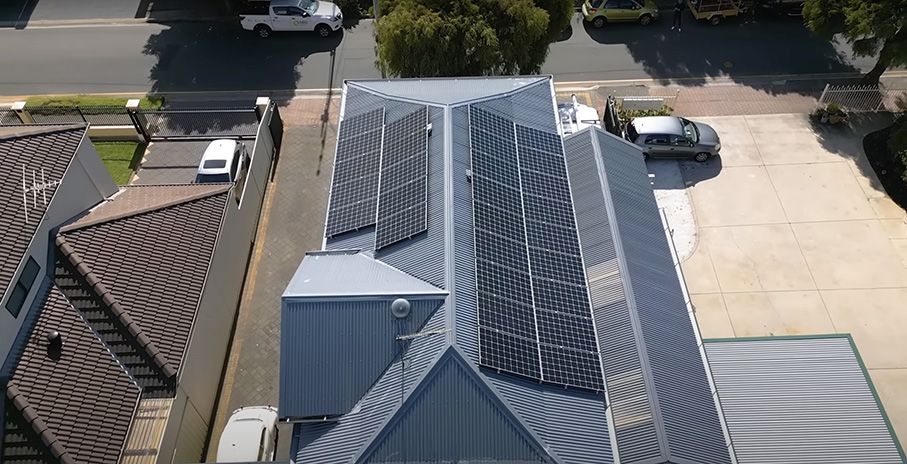
His roof is maxed out with solar panels.
But Can Two Batteries Even Get Enough Juice?
In Adelaide, the winter sun has only a third of the summer’s punch, so Sean’s 8kW of solar power capacity is not enough to fill Sean’s second Powerwall all year round.
In Adelaide, my solar and battery calculator shows his system’s estimated generation profile:
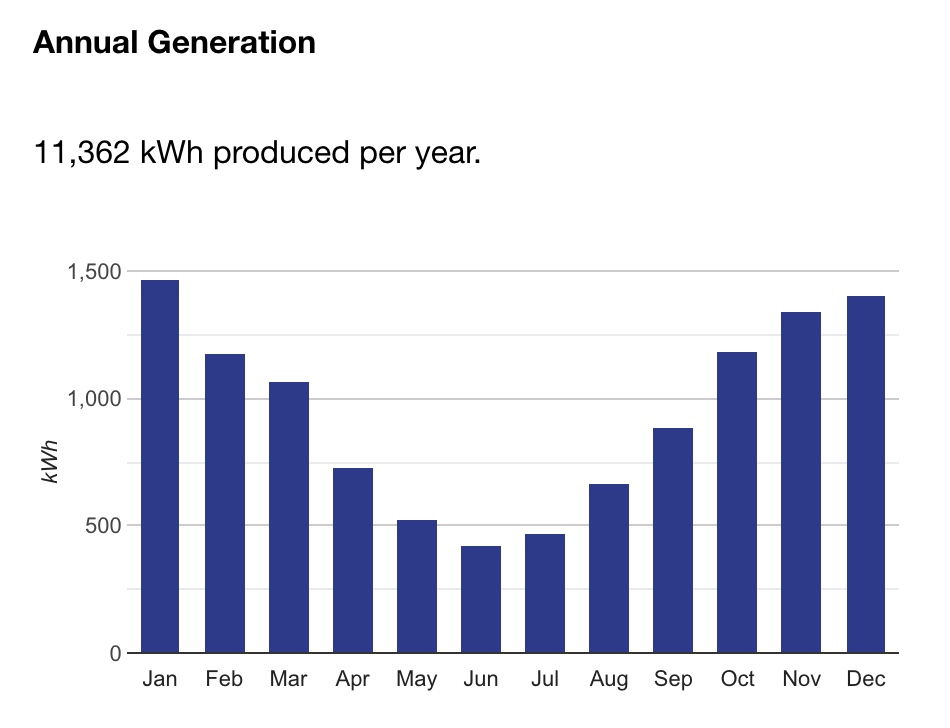
In June, Sean can expect an average of 14kWh daily solar energy generation.
With 16kWh average daily solar electricity generation from May to July, 8kW of East/West panels won’t cut it when filling 27 kWh of Powerwalls.
Enter electricity retailer IO Energy’s “Solar Sponge” tariff.
What’s A Solar Sponge Tariff?
With solar power’s enduring popularity in Australia, our electricity grid has a problem. There’s loads of solar energy generation in the middle of the day – often when the grid doesn’t need it.
One solution is ‘solar sponge’ plans: dirt-cheap off-peak electricity rates in the middle of the day offered by some retailers including IO Energy here in South Australia. When there’s not enough sun, Sean can top up his batteries with super-off-peak grid electricity at only 8 cents per kWh.
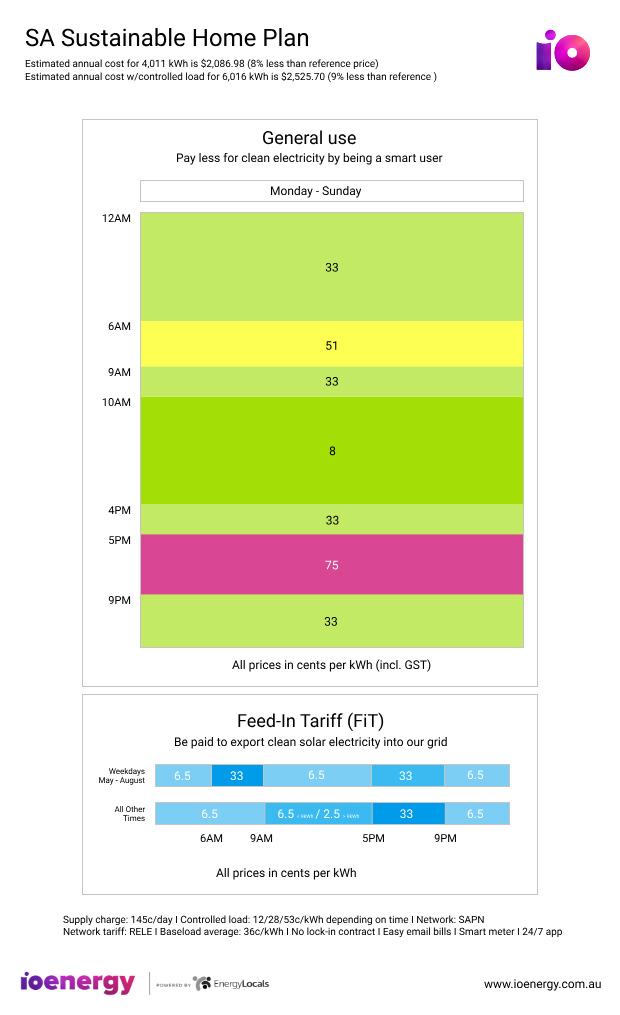
8c per kWh from 10 am-4 pm
But while midday rates are lower than a kangaroo’s belly, come 5 pm the rate skyrockets to a jaw-dropping 75c per kWh. Dodging this peak rate isn’t just smart; it’s bloody essential. The 6 am to 9 am rate of 51 cents is pretty nasty, too. Thankfully, the Powerwall’s control software knows to intelligently charge and discharge to avoid these peaks whilst keeping Sean’s electricity bill as low as possible.
Adding a Second Powerwall: Easier Than The First
It’s pretty straightforward; just stack ’em, connect ’em, run power from the battery to the main supply, and rejig the switchboard. Installation took a little longer than watching ‘The Castle’—four and a half hours. Check out the video above or on Youtube if you want to see the installers at work.
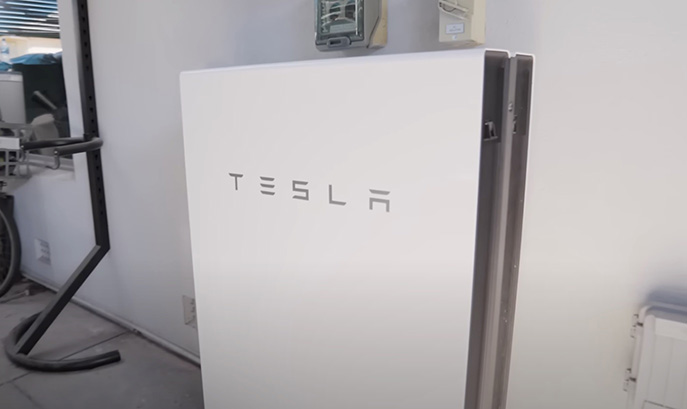
Powerwall 2s stack together neatly.
Teething Issues: Sorted
Two Powerwalls can charge at a maximum rate of 10kW (5kW each). Sean’s home has a maximum grid draw of approximately 14kW (63 amps).
Within the first week of installation, Sean was charging his Powerwalls at full whack (10kW) while using over 4kW of house power. His breaker tripped.
The solution was dynamic load balancing. Tesla remotely configured the Powerwall to monitor the total grid draw and ramp the battery charging power in real-time, so Sean’s house never pulls more than 14kW. Smart.
The Dollars And Cents: Sean’s Electricity Bills
Sean’s winter bills dropped by 57.1%.
No Solar Sponge, No Savings
Without the Solar Sponge tariff, the second Powerwall battery would have been pointless. Not one day in June did Sean get enough solar power to charge both batteries – never mind cover his daytime loads:
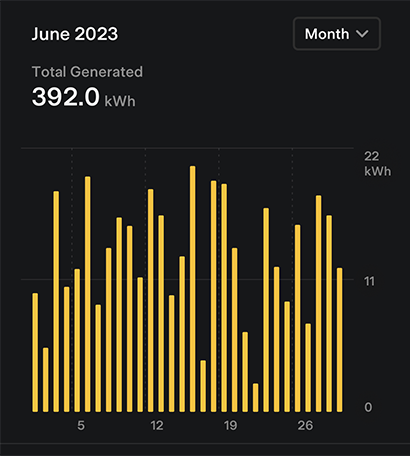
Solar monitoring on the Tesla app
Tesla’s App: Brilliant
Sean uses the Tesla app to keep everything running smoothly. Just plug in your rates and let Tesla do the hard yards.
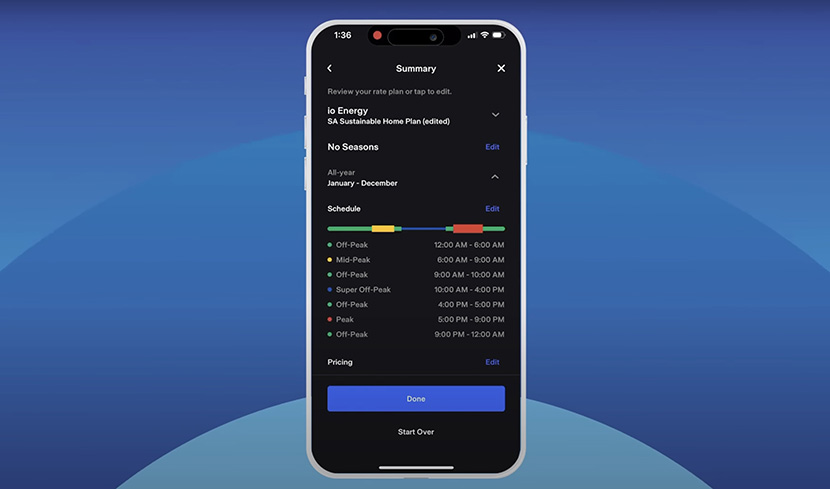
Load in your tariff – and Tesla does the rest
The result? Sean’s dodging the peak pricing periods entirely:
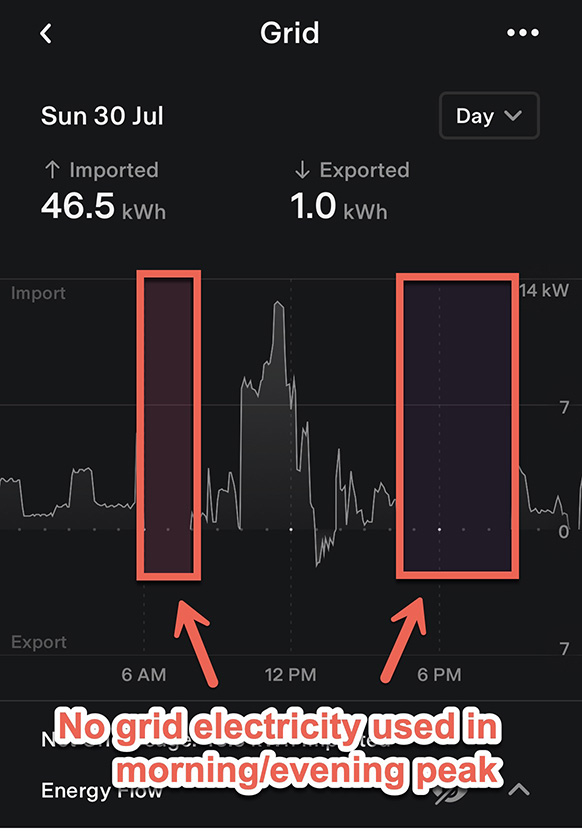
Zero grid imports during peak pricing periods
A Second Powerwall Costs Less Than The First
At the time of writing, a single Tesla Powerwall costs about $15,500 installed.
Over $2k of this cost is the Tesla Gateway and its installation. But you only need one gateway for every ten Powerwalls, so it cost Sean $13k to add his second Powerwall.
Wrapping Up – What Have We Learned?
Solar Sponge tariffs (currently available in WA, SA and QLD) are a big deal. They tend to have vicious peak pricing periods. If you’re considering one, ensure you have an appropriately sized battery.
Tesla’s control software is one of the hidden benefits of its battery. It just works – as demonstrated by Tesla remotely enabling dynamic load balancing.
Finally – some of you may be thinking that with dirt-cheap solar sponge rates, you don’t need a solar power system – only home batteries.
If you can’t get a solar power system installed (due to shading or other issues), you could add batteries, switch to a solar sponge tariff, and run off other people’s cheap solar. Ronald has analysed this option in Western Australia.
I’ll check in with Sean next year to see the full-year impact on his bills.
Original Source: https://www.solarquotes.com.au/blog/install-second-powerwall/

